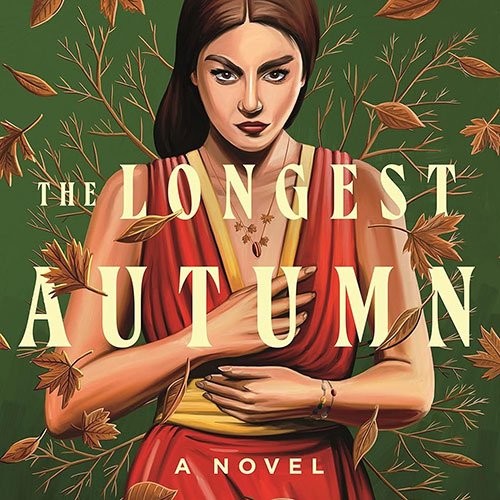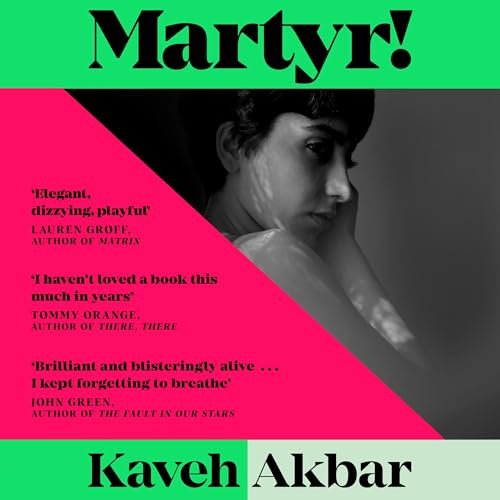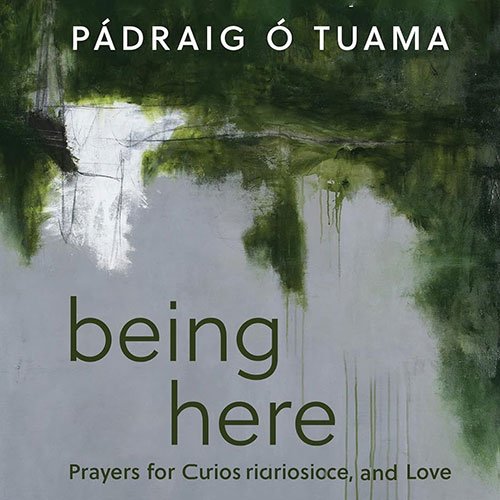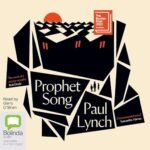Amy Avery’s fantasy novel “The Longest Autumn” features a complex tapestry of topics and characters that go deep into the worlds of mythology and human emotion.
This book takes the reader on a trip through a universe in which the seasons are personified as deities, with a concentration on the season of Autumn.
Tirne and Autumn, together with the priestesses of the seasons, investigate the mystery behind the mirror’s destruction as the narrative progresses. This mission is about more than just mending a magical relic; it is also about comprehending the underlying forces at work that lead to this disaster. During this arduous voyage, Tirne develops surprising feelings for Autumn, who begins to look more human.
The shattered mirror has far-reaching implications, throwing mankind into an eternal fall. This artificial extension of a single season begins to erode the fundamental fabric of religion and beliefs centered on seasonal gods. The story delves into themes of religion, change, and the interplay between the divine and the mortal to examine the effects of this never-ending fall on the natural world and human culture.
The novel’s atmospheric atmosphere has been highlighted by critics, who have praised its inventive and vivid world-building. They have, however, noted that the story’s pace and the development of its love and mystery components are inconsistent. The early setup, which is full of promise and intrigue, appears to lose steam as the novel proceeds, resulting in a somewhat disappointing denouement of the storyline and the major relationship.
Readers’ reactions mirror similar criticisms, with many praising the novel’s unique idea and the intricate universe Avery has constructed. The presentation of the seasons as deities and the personification of Autumn as a figure stand out for their inventiveness. However, there is agreement that the character development, particularly Tirne’s, might have been greater. According to some readers, the story suffers from a lack of character depth, and the romance subplot between Tirne and Autumn feels undercooked.
Another feature that has elicited conflicting reviews is Tirne’s character’s portrayal of chronic sickness. While some readers welcomed this inclusion, others believed it made little difference to the character’s or the story’s development. Furthermore, the usage of classic tropes, such as the young woman/ancient man relationship between Tirne and Autumn, has been both lauded and criticized for its predictability.
Despite these criticisms, “The Longest Autumn” has developed a following, particularly among fantasy readers who like a mix of mystery, romance, and mythical aspects. The intricately designed magical world of the novel, intertwined with intrigue and desire, provides a unique reading experience, albeit it may not meet all readers’ expectations in terms of character development and story conclusion.
Finally, Amy Avery’s “The Longest Autumn” is a story that combines aspects of fantasy, romance, and mythology in an unusual combination. While it shines in world-building and uniqueness, it falls short in pace and character development, earning mixed reviews from reviewers and fans alike. Nonetheless, it is a notable debut in the fantasy genre, providing a new viewpoint on the interplay of the divine and the mortal, the power of seasons, and the intricacies of human emotions.
Sources: Publishers weekly, Barnes & Noble, The Story Graph,









